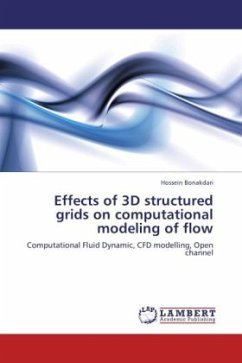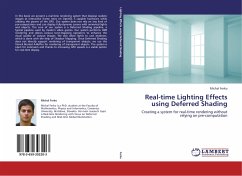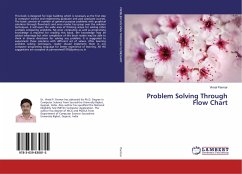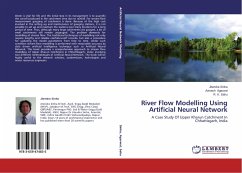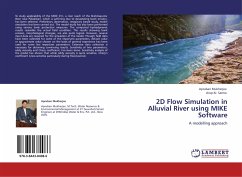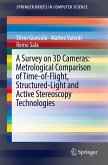Making use of computational fluid dynamics and FLUENT finite volume software, this study investigates the appropriate gridding pattern of free surface flow by structured grids. Investigated gridding space in each problem includes the determination of the shape of grid cells, their compression and distribution pattern according to users preferences, which seems to be experimental rather than scientific; however, a slight difference in gridding condition may result in a great difference in numerical results. In this study, an open channel is modeled with different three dimensional grids and the results of model are compared by experimental results. Modeling results show that modeling accuracy improves as the result of a decrease in dimensions of grid cells to an extreme value; therefore, decreasing the dimensions of grid cells and increasing the number of cells lead to less accurate results. While the long side of cross section in cell locates in horizontal direction, using rectangular section cells represents more acceptable results than that of other cells with different structures.
Bitte wählen Sie Ihr Anliegen aus.
Rechnungen
Retourenschein anfordern
Bestellstatus
Storno

